Sourav Pan
Transcript
What is an experimental group? Let’s explore this fundamental concept in scientific research.
An experimental group is a set of subjects in scientific research that receives a specific treatment or manipulation of variables.
In contrast, control groups remain unaltered and provide a baseline for comparison with the experimental group.
Let’s visualize how experimental and control groups relate to each other in scientific research.
The experimental group receives the treatment or manipulation being studied.
While the control group remains unaltered to provide a baseline for comparison.
Researchers then compare outcomes between both groups to determine the effect of the treatment.
Experimental groups are fundamental to the scientific method.
They allow researchers to observe the effects of specific variables under controlled conditions, test hypotheses systematically, and establish cause-and-effect relationships.
Subject selection and assignment is a critical step in experimental design.
The way subjects are selected and assigned to groups directly impacts the validity of your experimental results.
Random assignment is the gold standard for creating unbiased experimental groups. It gives each subject an equal chance of being assigned to any group.
Random assignment reduces selection bias, distributes both known and unknown variables across groups, and strengthens causal claims in your research.
Stratified sampling divides the population into distinct subgroups before random sampling. This ensures representation from all important categories.
Several other sampling methods exist, each with different strengths and applications. The right method depends on your research goals, resources, and population characteristics.
Improper subject selection can lead to seriously biased results. When your sample doesn’t represent the actual population, your findings can’t be generalized.
To summarize, proper subject selection and assignment is foundational to valid experimental research. Random assignment reduces bias, while matching your sampling method to your research goals ensures meaningful results.
Variable manipulation is the cornerstone of experimental research.
Researchers use three main techniques to manipulate independent variables.
Direct intervention involves physically or chemically altering the experimental subject. This could include administering medication, changing dietary components, or surgically modifying subjects.
Environmental changes modify the surroundings or conditions of the subject. Examples include altering temperature, lighting, or social context.
Stimulus presentation involves exposing subjects to different stimuli or information, such as different sounds, images, or educational materials.
Successfully manipulating variables requires careful isolation of the variable being studied.
First, clearly identify which variable you intend to manipulate.
Second, control all other variables that might affect the outcome.
Third, ensure consistent application of the manipulation across all experimental subjects.
Finally, measure the effects appropriately to capture the true impact of your manipulation.
Let’s examine how variable manipulation works in practice with a plant growth and music study.
In this experiment, researchers manipulate the type of music played to plants while keeping all other variables constant.
To isolate the effect of music, all other variables must be controlled: soil composition, water amounts, light exposure, temperature, and plant characteristics.
Through careful manipulation of just one variable – the type of music – researchers can determine whether and how music affects plant growth.
Variable manipulation is a powerful technique that allows researchers to establish cause-and-effect relationships in experimental research.
While experimental groups are a cornerstone of scientific research, they come with important limitations and challenges that researchers must address.
Let’s examine the key limitations that can affect experimental research.
External validity refers to how well results from controlled lab settings generalize to real-world conditions.
Laboratory settings provide control but create artificial conditions that might not reflect the complexity of real-world environments.
This creates a generalization gap that can limit the applicability of experimental findings.
Another significant challenge is sample bias, where the participants selected for an experiment may not represent the broader population.
If our sample is biased toward certain demographics or characteristics, our findings may not apply to the entire population.
Ethical constraints represent a necessary limitation on what experiments can be conducted. Researchers must constantly balance scientific advancement with ethical considerations.
Experiments must avoid causing harm to participants, using unjustified deception, violating informed consent, and invading privacy.
Observer effects and participant reactivity occur when participants change their behavior because they know they’re being observed.
Under normal circumstances, people behave naturally. Their actions are spontaneous and unfiltered.
However, when observed, participants often modify their behavior. This is known as the Hawthorne Effect, where people act differently simply because they’re part of an experiment.
Fortunately, researchers have developed numerous strategies to address these limitations while maintaining scientific rigor.
To improve external validity, researchers conduct field experiments in natural settings, replicate studies across diverse contexts, and use mixed methods approaches.
Sample bias can be addressed through random selection procedures, stratified sampling techniques, and using larger, more diverse samples.
Observer effects can be minimized through unobtrusive measurements, blind or double-blind experimental designs, and extended acclimation periods.
The key is to acknowledge these limitations explicitly while implementing methodological safeguards to maintain scientific rigor.
In this final section, we’ll provide practical guidance on designing your own experiment with effective experimental groups.
Designing a robust experiment involves following a systematic step-by-step approach.
Now you’re ready to embark on your scientific journey. Applying these principles of experimental design will help you conduct meaningful research and contribute valuable knowledge to your field.
Study Materials
No study materials available for this video.
Helpful: 0%
Related Videos

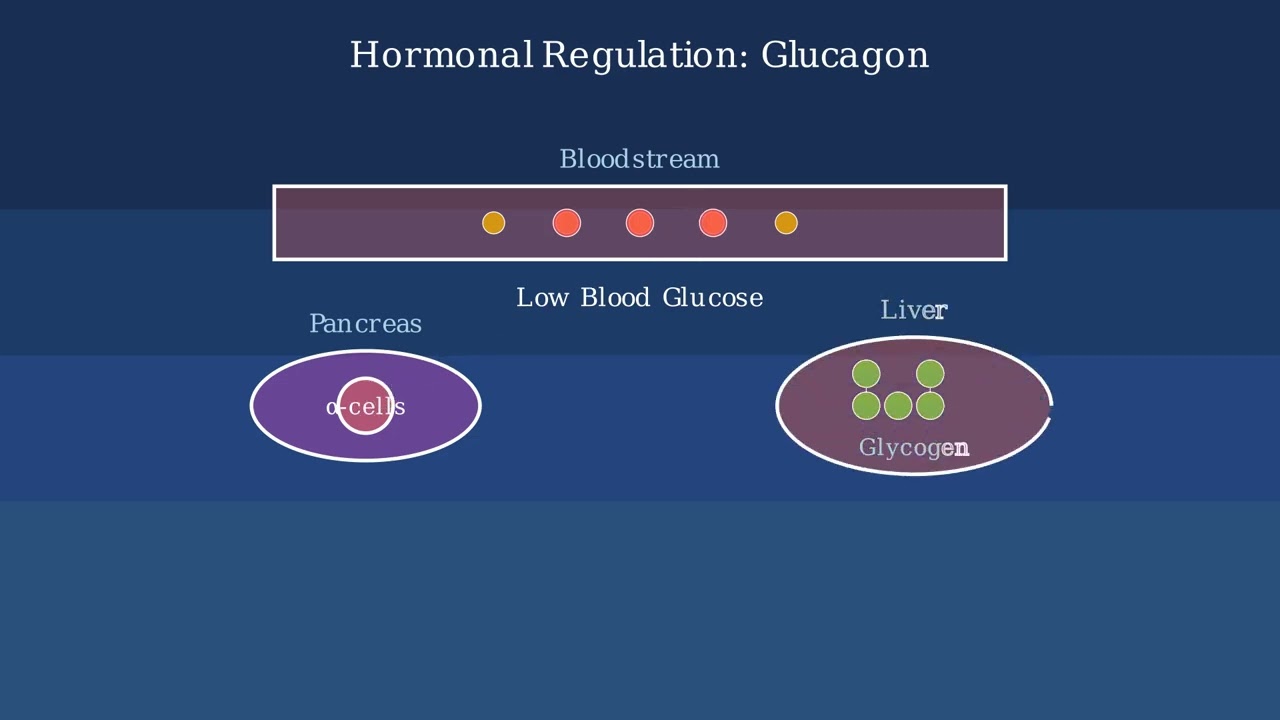
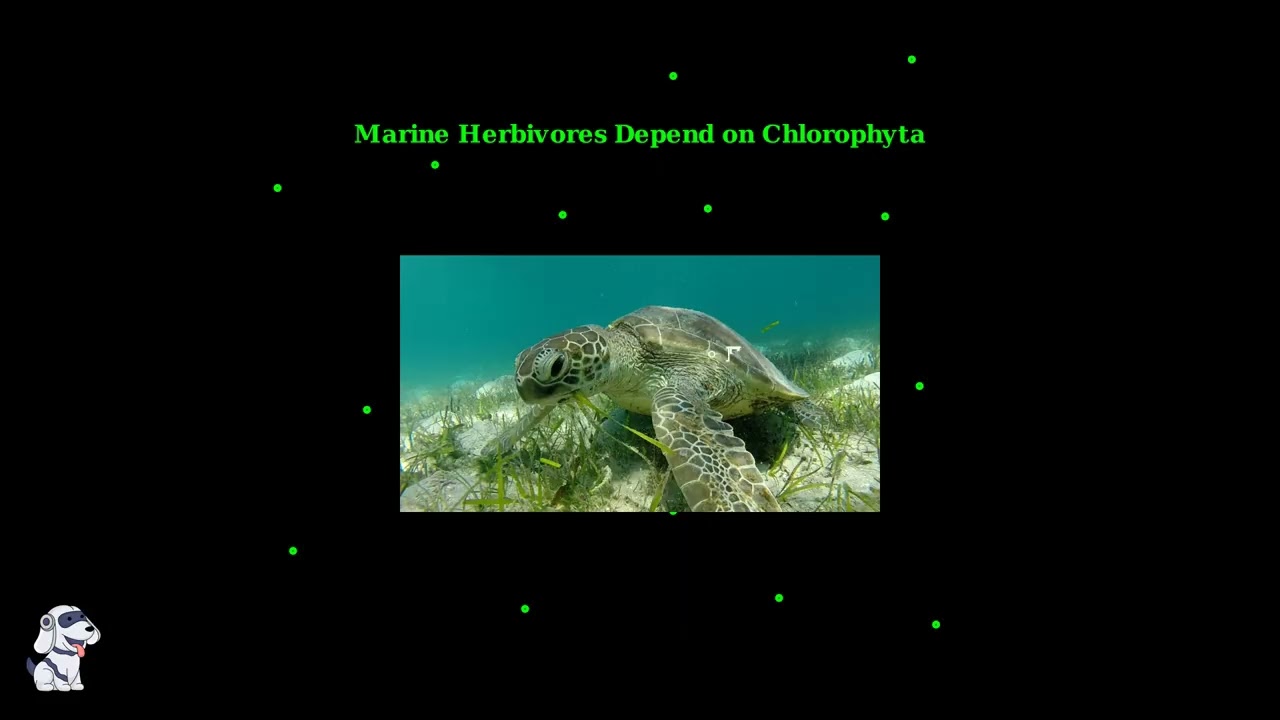

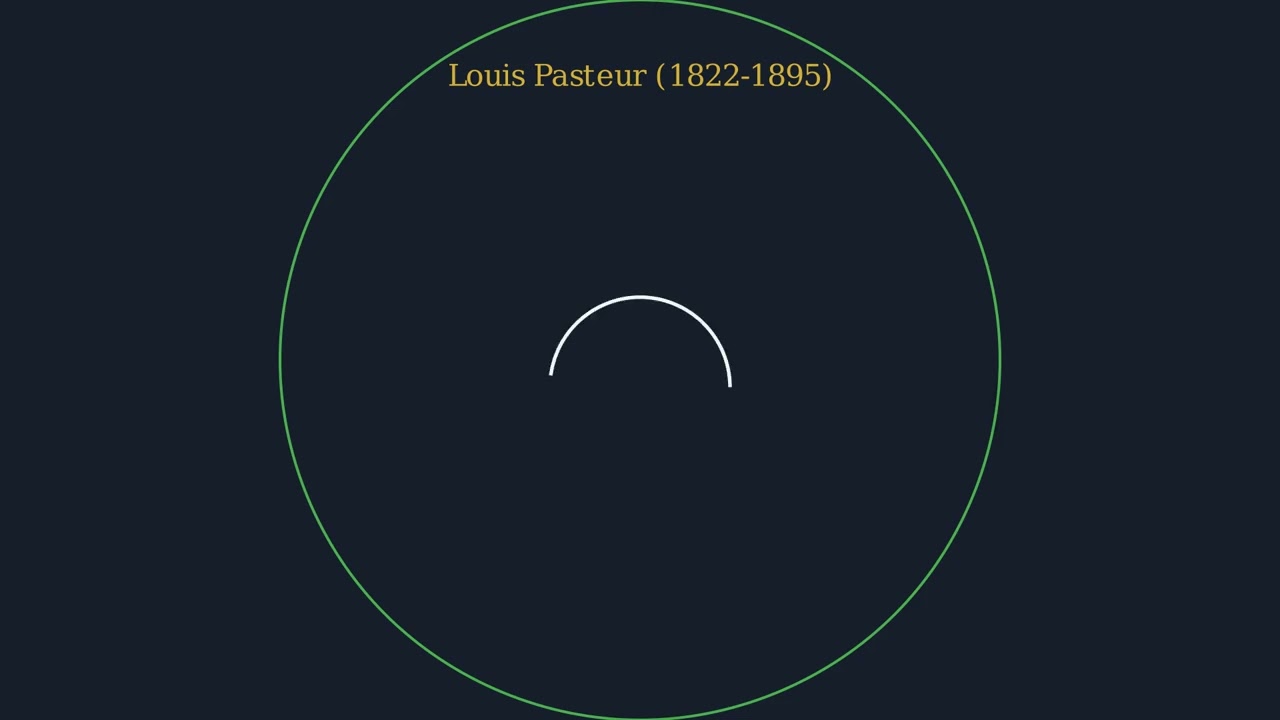
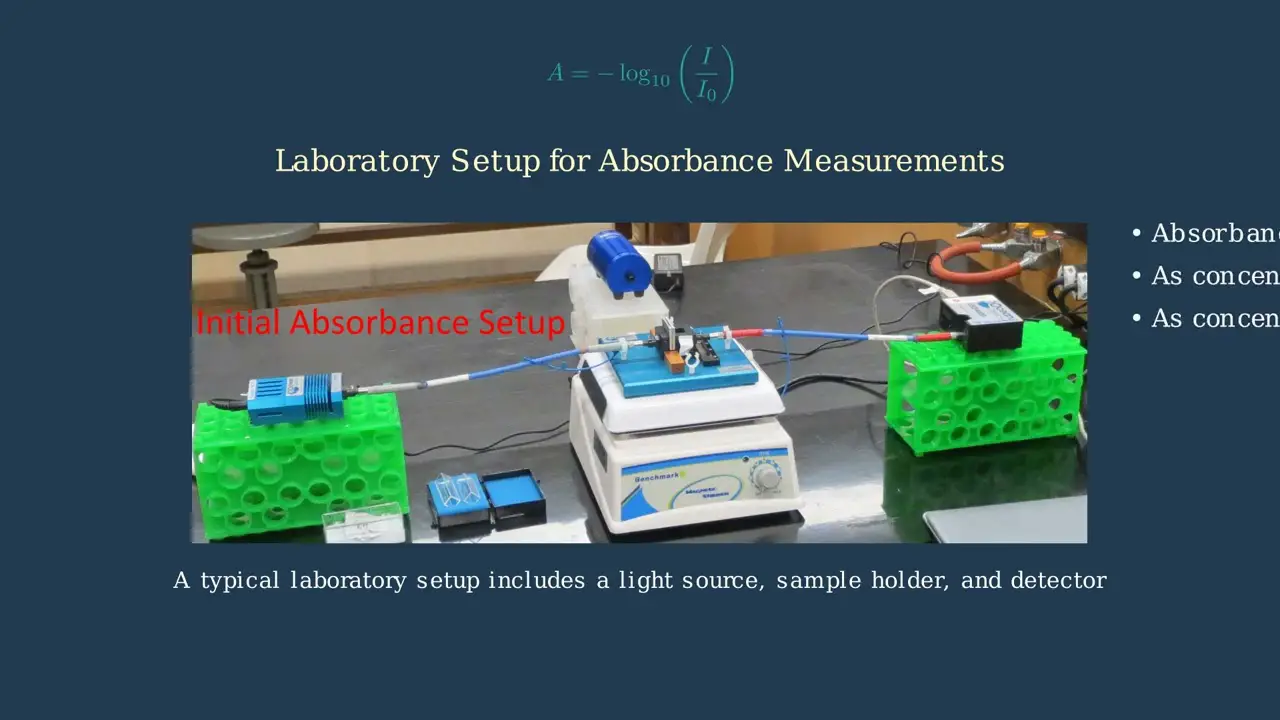
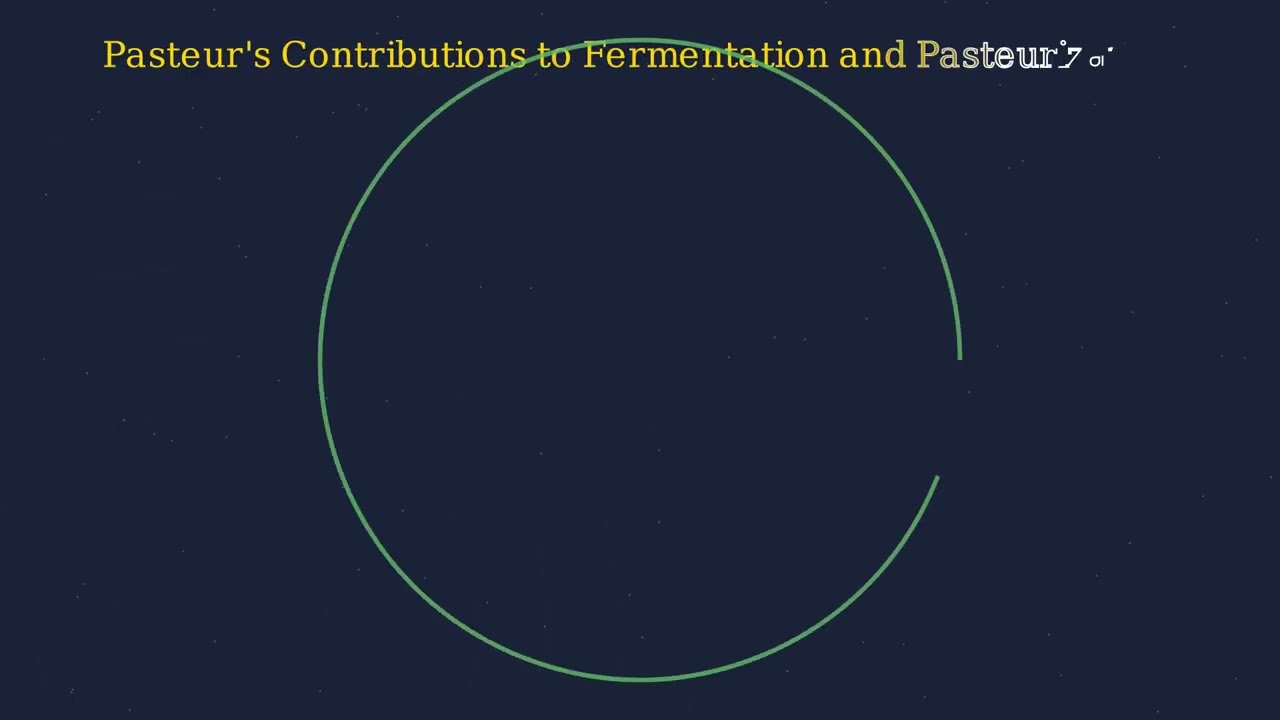
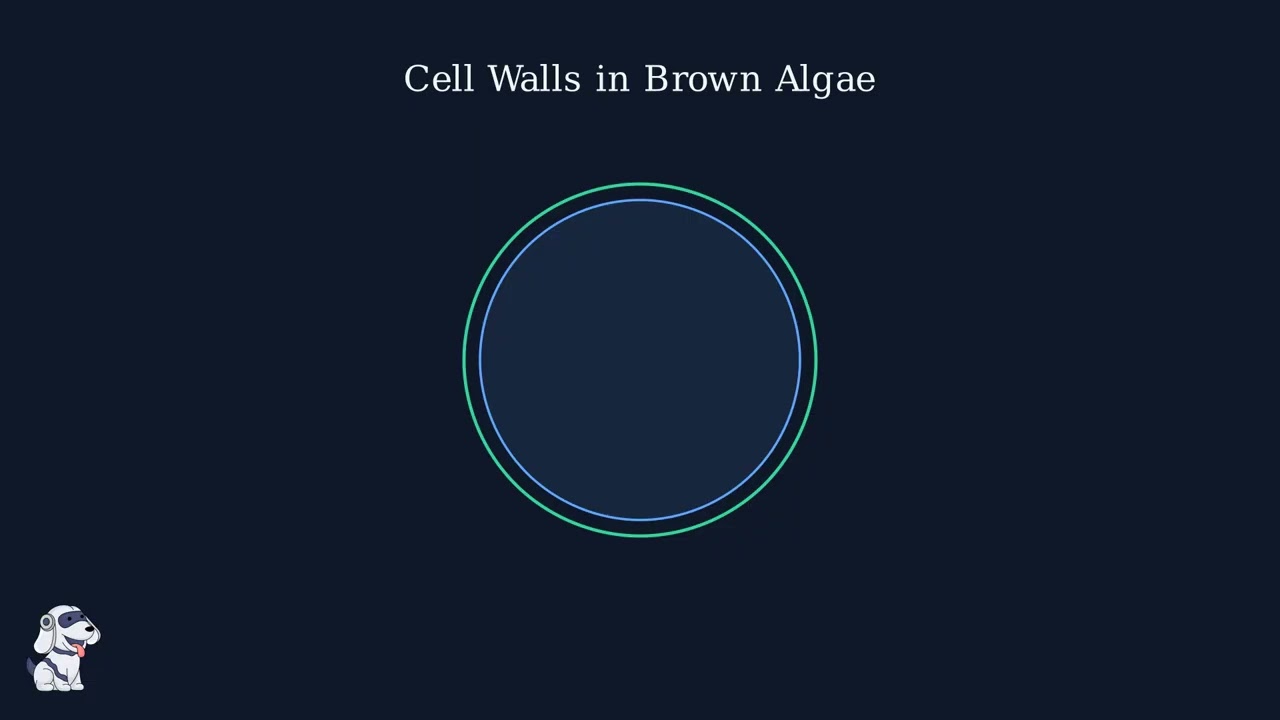
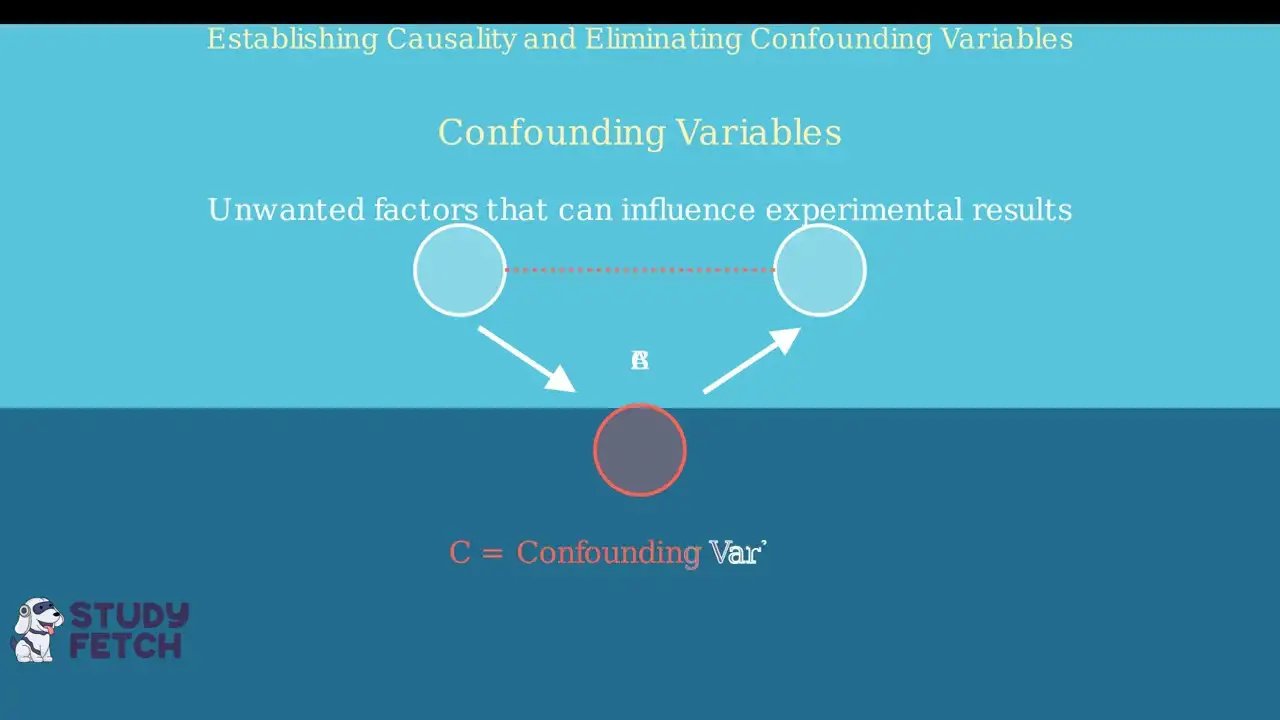
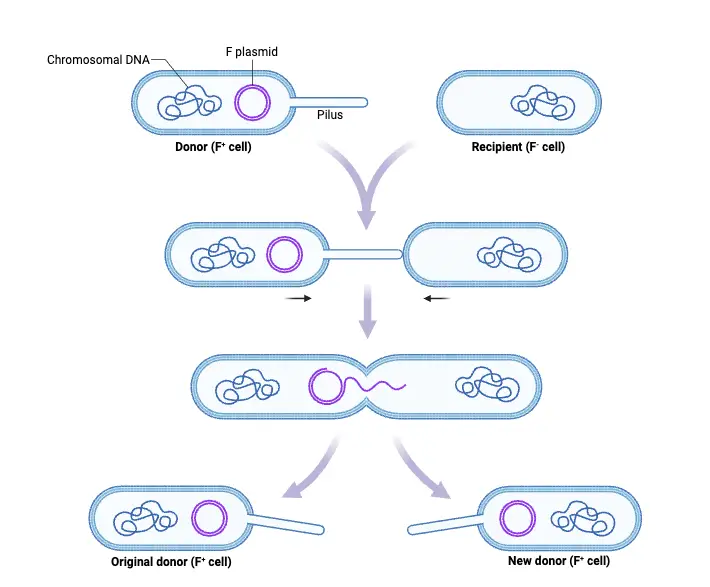
- Text Highlighting: Select any text in the post content to highlight it
- Text Annotation: Select text and add comments with annotations
- Comment Management: Edit or delete your own comments
- Highlight Management: Remove your own highlights
How to use: Simply select any text in the post content above, and you'll see annotation options. Login here or create an account to get started.